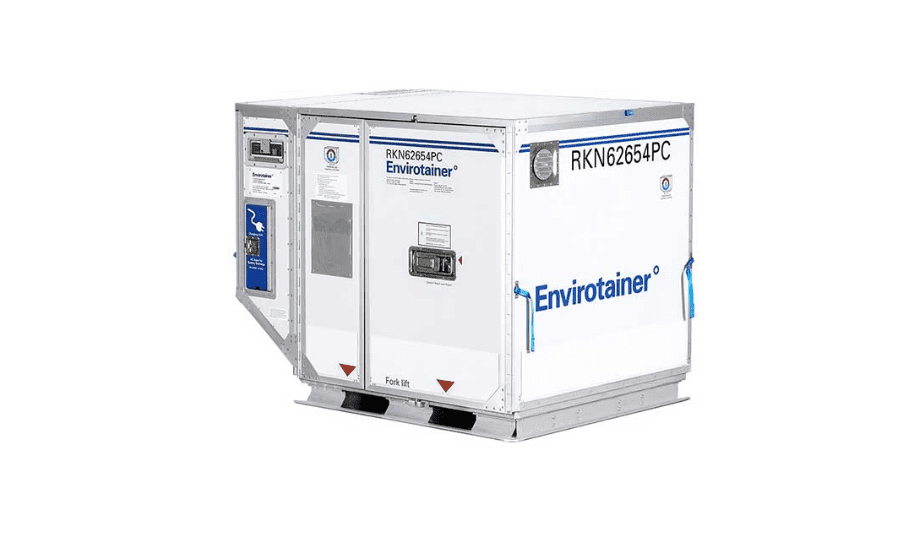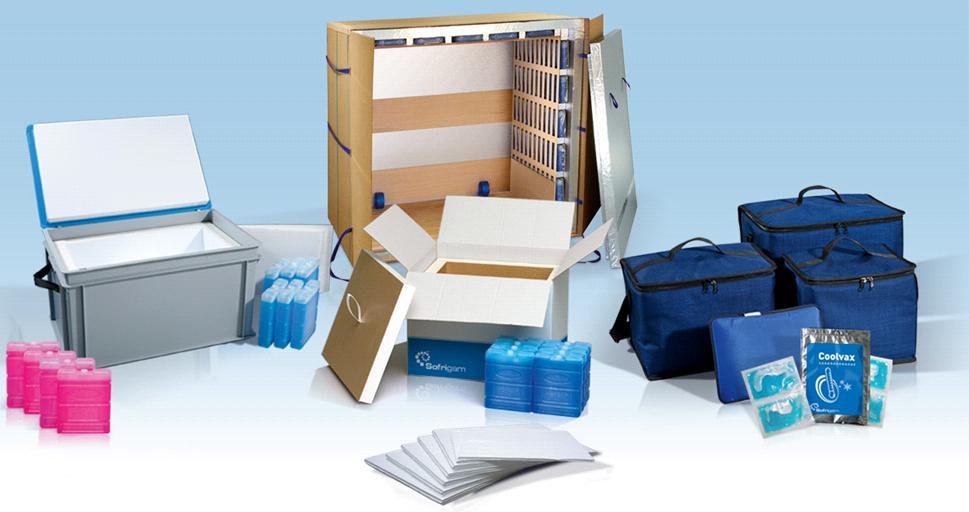Shipping Temperature-Sensitive Cargo By Air
When shipping temperature-sensitive cargo through air, variables such as carrier selection and product packing must be carefully considered. Temperature-sensitive goods can be damaged by minor temperature fluctuations and inadequate packaging.
As a result, protecting the integrity of the products, as well as the safe handling and transportation of temperature-sensitive cargo, is becoming increasingly important. After all, as we learn more about the dangers and consequences of contaminated items, rules are becoming more stringent and comprehensive.

Here are some tips for transporting temperature-sensitive items by airplane:
Understand the applicable regulations
Shipping temperature-sensitive cargo might be more difficult than you would think. Dry ice, for example, is legally classified as a dangerous substance. And, because your cargo is expected to weigh more than 5.5 lbs, the size limit for which basic package markings can be used, you will need to follow either International Air Transportation Association guidelines or Tile 49 of the Code of Federal Regulations. Failure to do so may result in significant legal and financial consequences that you do not want to face. Similarly, extra restrictions and regulations may be imposed as a result of attempts to decarbonize shipping.
Pack your goods appropriately
To properly package your cargo, you must first understand how sensitive it is to temperature changes. If its sensitivity is high, then you are dealing with cargo that requires constant temperature control and active shipping containers. If its requirements are less demanding, passive shipping containers will most likely suffice.
You may interest: Some notes on transporting live animals by air
Use completely climate-controlled shipping containers
In other words, cargo that requires active shipping containers. There are two options for dealing with this particular problem.
- To begin, you may utilize a passive shipping container while hiring a completely climate-controlled truck to convey your cargo.
- The second solution requires an actual active shipping container. Active shipping containers are big, thermostatically controlled boxes that contain smaller crates or containers. Plastic is an excellent choice for the material of smaller containers since it has several advantages, including being highly resistant to damage and quickly responsive to temperature changes. This would make it much easier to keep them at the proper temperature. Active shipping containers are powered by internal sources such as batteries. You may, however, connect them to another power source.

Use of passive shipping containers
Passive shipping containers, on the other hand, have no power source. They are unable to actively control the temperature of their contents. They maintain the same temperature as when it was packaged. The same as a thermos. We do this through using many layers of packaging.

- The first layer is the exterior shell, which is best served by plastic containers.
- The phase change materials are used in the second layer. They have the ability to retain enormous amounts of heat energy and hence isolate it from the inside of your box.
- The third layer is made up of insulating materials.
Ensuring Product Safety Between Unloading and Loading
The perfect temperature of products in transportation is beyond your control and depends on the shipping parties. It’s easy to overlook what happens to products in the potentially unexpected seconds and minutes after delivery or just before collection.
Choosing the most suitable Shipping Company
When your goods is ready to ship, it is time to choose a shipping provider. What you really need to consider is how fast you need your goods to get at its destination. If you need to get your goods there fast and there is a long distance to travel, you should definitely go with a shipping business that specializes in airplane deliveries.
Best Cargo are proudly to be recognized as one of the most reputable and trust-worthy company in Vietnam with many years of expertise in providing air freight services
Don’t hesitate us to contact us for consultation and quotation of air freight services immediately!
You may concern:
Advantages and disadvantages of Current modes of transport
Transporting goods from Vietnam to Germany, the most prestigious number 1



